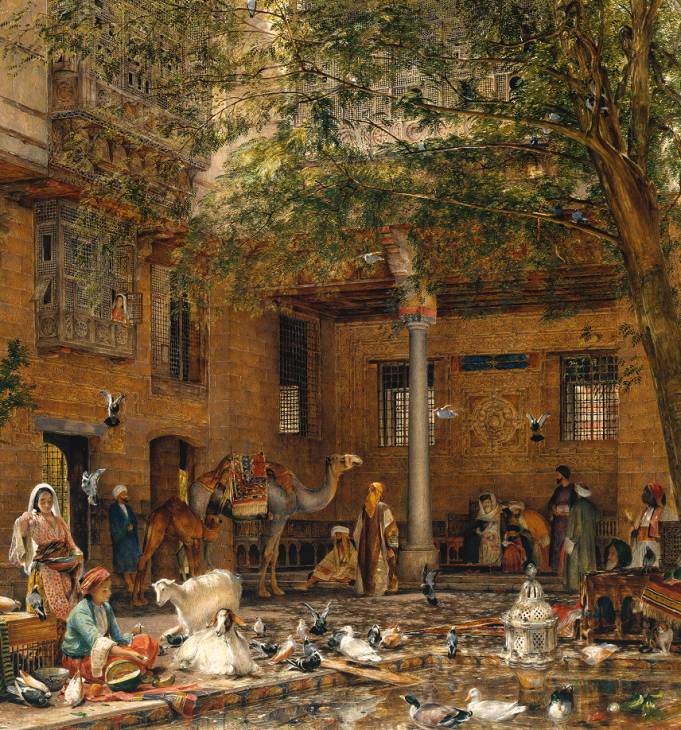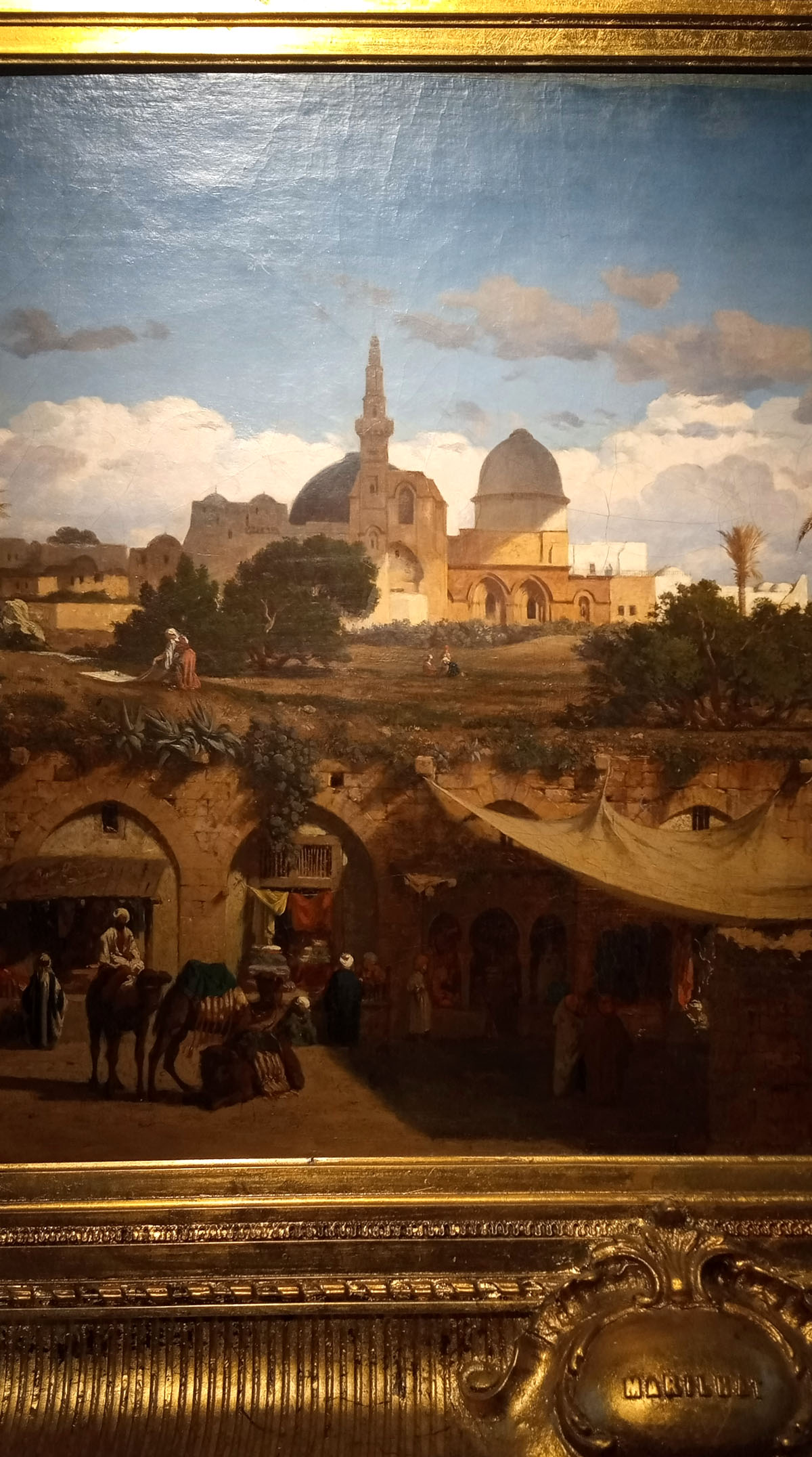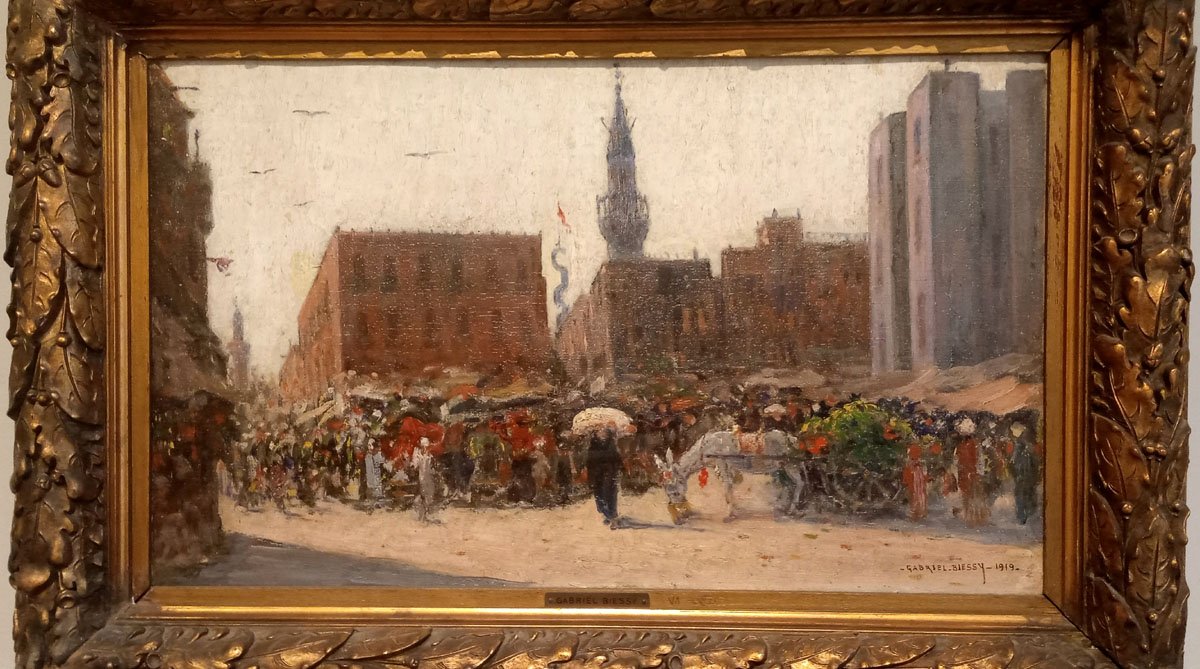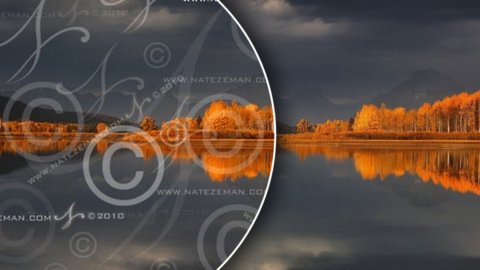Egypt has long held a magnetic allure for artists across the globe, inspiring them to capture the enchanting landscapes, rich cultural heritage, and ancient wonders that have captivated the human imagination for millennia.
While the country has produced countless renowned artists of its own, it is remarkable to observe how non-Egyptian creative talents have also been drawn to the Nile land, interpreting its essence through their distinct styles and perspectives.
Across the channel, the British artist John Frederick Lewis immersed himself in the culture and architecture of Egypt, producing a series of photorealistic paintings that showcased his meticulous attention to detail.
Lewis specialized in detailed watercolor and oil paintings of Oriental and Mediterranean scenes, often reusing the same compositions in different mediums. For several years, he lived in a traditional mansion in Cairo, and after returning to England in 1851, he focused on highly realistic genre scenes depicting Middle Eastern life as well as more idealized depictions of upper-class Egyptian interiors with minimal Western influence.
In works like “The Hosh Courtyard of the Coptic Patriarch, Cairo” and “The Bezestein, Cairo,” Lewis masterfully captures the vibrant colors, intricate patterns, and the play of light and shadow that define the visual landscape of the country.

His paintings, infused with a sense of atmospheric realism, transport the viewer to the bustling streets and serene courtyards of historic Cairo, allowing them to experience the sights and sounds of this timeless city.

Prosper Marilhat‘s painting “Old Cairo” offers another mesmerizing interpretation of the Egyptian landscape. The work showcases a covered market in the foreground, with distant domes, palm trees, and a towering minaret bathed in dramatic, evocative light.
Marilhat, who traveled to Egypt in 1831-32, drew inspiration directly from the sketches and studies he completed during his time there. His vivid depictions of Cairo’s grand mosques and scenic vistas captivated French audiences, igniting a yearning for the exotic, mysterious Orient that many had yet to experience firsthand.
Through Marilhat’s skilled brushwork, the viewers are transported to the bustling markets and serene landscapes of Egypt, offering a tantalizing glimpse into a world that, for many, remained shrouded in intrigue and fascination.

Marie-Gabriel Biessy’s “Cairo’s Streets” portrays a bustling street scene with an Ottoman-style minaret and modern apartment buildings. Biessy, an Orientalist painter, traveled widely in Senegal and Egypt, and served as the director of Cairo’s College of Fine Arts late in his career.
Biessy studied at the École des Beaux-Arts in Lyon as a student of Félix Clément, who was a famous French painter, before going to Paris in 1879.
He began creating his first portraits in 1882 then undertook a series of trips to the Netherlands, Portugal, Senegal and Egypt where he was heavily influenced by the serene scenes of each of these countries.

These non-Egyptian artists, hailing from diverse cultural backgrounds, have each contributed to the rich tapestry of artistic interpretations of the Land of the Pharaohs.
Their unique perspectives, informed by their own experiences and artistic visions, have allowed them to capture the essence of Egypt in ways that both celebrate its timeless allure and offer fresh, innovative interpretations.
As we explore these captivating works, we are reminded of the enduring power of art to transcend boundaries and connect us to the enduring mysteries and wonders of the world.


